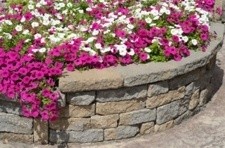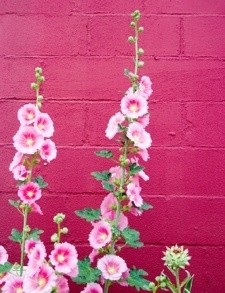Some gardeners plant only annual flowers in their gardens, while others argue that planting only perennial plants is best. Throw some biennials into the mix and things start to get really confusing; especially if you're new to gardening. In the end, most gardeners find they enjoy planting a combination of all three. The subject of perennials is large enough to warrant its own discussion, but here is what you need to know about "annuals" and "biennials".
In the garden, annual plants are considered temporary. They complete their entire life cycle (germinate, mature, and die) in a single growing season. Annuals provide gardeners with nearly instant color, and because an entire life cycle fits into one season, many bloom all season long. Many annuals are good self-sowers, and under the right conditions will pop up in the garden year after year if left alone. Examples of annuals include marigolds, petunias, and zinnias.

Tender Annuals: These annuals are considered very delicate. They grow vigorously in warm weather, but are easily damaged or killed by frost. In colder climates, these annuals are usually started indoors and transplanted into the garden once danger of frost has passed.
Hardy Annuals: These annuals have a higher tolerance for cold weather and frost. This means they can be sown earlier in areas with severe winters (and grown farther into the fall). They are also good candidates for winter sowing in some climates.
Examples include love-lies-bleeding, sweet alyssum, and sweet peas.
Advantages:
Disadvantages:
The life cycle of biennial plants falls somewhere in the middle of the road between annuals and perennials. Technically, a biennial completes its life cycle in two growing seasons. The first year is spent building up foliage and establishing a strong, fleshy root system to store food over winter. In the second year they come back, bloom, and then set seed and die. Examples of biennials include many foxgloves, Canterbury bells, and hollyhock (also considered a short-lived perennial).

Advantages:
Disadvantages:
About The Author: Ellen Brown is an environmental writer and photographer and the owner of Sustainable Media, an environmental media company that specializes in helping businesses and organizations promote eco-friendly products and services. Contact her on the web at http://www.sustainable-media.com
Add your voice! Click below to comment. ThriftyFun is powered by your wisdom!